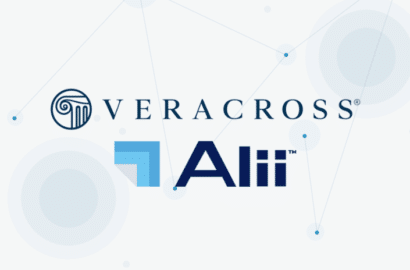
As technology continues to evolve and shape the way we interact with the world, more and more schools are talking about artificial intelligence (AI) and its implications for students, teachers, and staff.
One such tool that has gained popularity in recent years is ChatGPT, a language model that can generate human-like responses to text prompts. The platform was released in November 2022 and quickly became the fastest growing consumer application with over 100 million users. It can be used to write blogs (like this one!), provide virtual assistance, generate computer code, and yes, even help students with their homework.
In this blog post, we will explore the benefits and risks of using ChatGPT in K-12 schools, as well as provide some advice for educators who are wondering how to approach this technology at school.
Benefits of Using ChatGPT in K-12 Schools
There are several benefits to using ChatGPT in a school environment. For one, it can provide students with personalized learning experiences that are tailored to their individual needs and learning styles. ChatGPT can be used to create interactive chatbots that can answer students’ questions, provide feedback on assignments, and even engage in conversations with them about a variety of topics. For example, a French teacher might allow students to use ChatGPT to practice speaking the target language in a conversational manner.
Another benefit of ChatGPT is that it can help reduce teachers’ workloads. Chatbots can be used to grade assignments, create lesson plans, provide feedback, and answer students’ basic questions, freeing up teachers to focus on other aspects of their job. This can be particularly helpful in schools with limited resources, where teachers may be stretched thin and unable to provide each student with the individual attention they need.
Finally, using ChatGPT in K-12 schools can help prepare students for the future. As AI continues to play a larger role in our lives, it’s important for students to learn how to interact with this technology in a safe and effective manner. By integrating ChatGPT into the classroom, educators can help teach students how to use AI to enhance their learning and problem-solving abilities.
“We need to think about our future — our students’ future,” says Tye Campbell, Director of Strategic Information and Innovation at Gilman School. “Whether we block it or not, they are going to be exposed to it. How do we effectively prepare them to utilize these tools? If they learn it now, we will have done our jobs as educators.”
Risks of Using ChatGPT in K-12 Schools
While there are certainly benefits to using ChatGPT in education, there are also some risks that educators should be aware of.
The obvious concern is plagiarism. Vinnie Vrotny, Director of Technology at The Kinkaid School, is not so worried. “Academic fraud has always been an issue,” says Vinnie. The key is to change how we assess students to focus less on the exam or assignment at hand, and more on the process of teaching and learning. For example, it might be time to rethink simple prompt questions and create assignments that require true reflection and inquiry.
Another potential risk is that students may become overly reliant on AI and neglect important critical thinking and problem-solving skills. While chatbots can be helpful in answering simple questions, they are not a substitute for the human interaction and guidance that teachers can provide. “How can we change our assessments to focus on deeper learning?” asks Tye. “It’s not about the GPA or test score. It’s about making sure students truly understand what we’ve spent the last year teaching them.”
Another risk of using ChatGPT in K-12 schools is that it may not always provide accurate or appropriate responses. Language models like ChatGPT are trained on vast amounts of text data, which can sometimes contain biases or inaccuracies. If educators are not careful, these prejudices and errors can be passed on to students through the responses provided by the chatbot. This is why it’s critical to maintain a human element in AI-generated content. With this blog, for example: ChatGPT produced a draft, but it still required editing, sourcing quotes, and a skilled writer to tie it all together.
Advice for Educators
If you’re an educator who is considering incorporating ChatGPT into your classroom, there are several things you should keep in mind. First and foremost, it’s important to use this technology in conjunction with other teaching methods, rather than relying on it exclusively. Chatbots can be a helpful tool, but they should not be the only means of instruction or interaction with students.
It’s also important to carefully vet the responses provided by the chatbot to ensure that they are accurate and appropriate. This may involve training the chatbot on specific sets of data or monitoring its responses in real-time to ensure that it’s providing helpful and accurate information.
Finally, it’s important to be transparent with students about the use of ChatGPT in the classroom. Educators should explain how the technology works, what it is capable of, and how it will be used to enhance their learning experience. This can help to build trust between students and educators and ensure that everyone is on the same page when it comes to the use of AI in the classroom. As a school, consider a faculty research group that can explore these new tools and technology for your community. This group can establish guidelines for acceptable use and academic integrity policies.
While this technology continues to evolve and conversations have only just begun, it’s important to do your research and stay informed on the benefits and risks for your school community. To learn more about ChatGPT and how it’s impacting schools around the world, watch this on-demand webinar to hear from K-12 technology leaders about their experiences incorporating AI in education.



